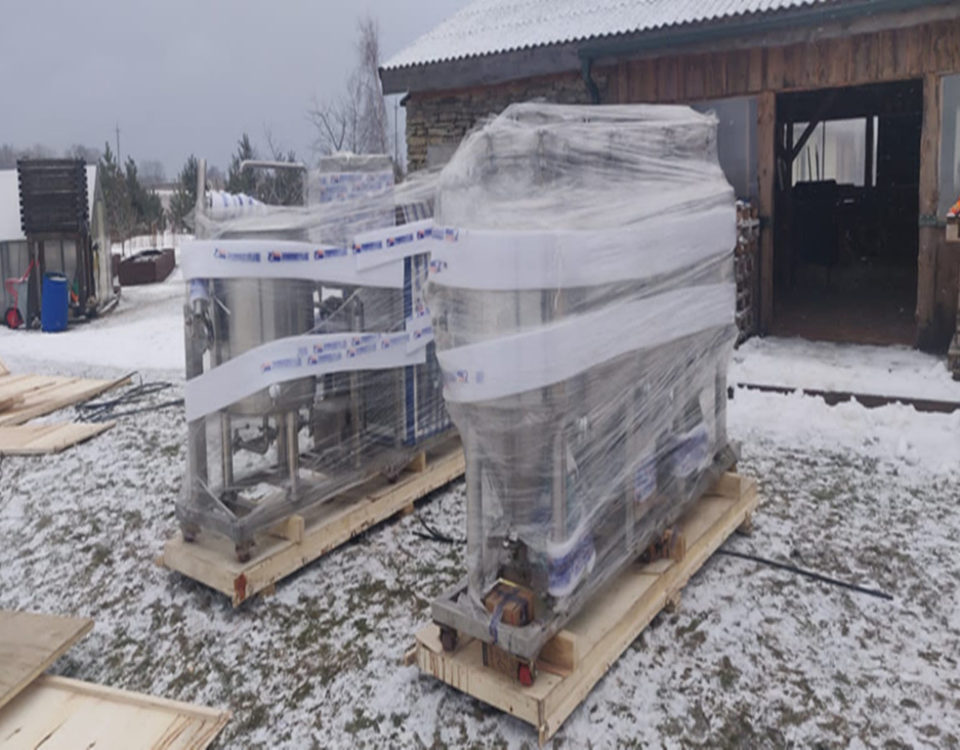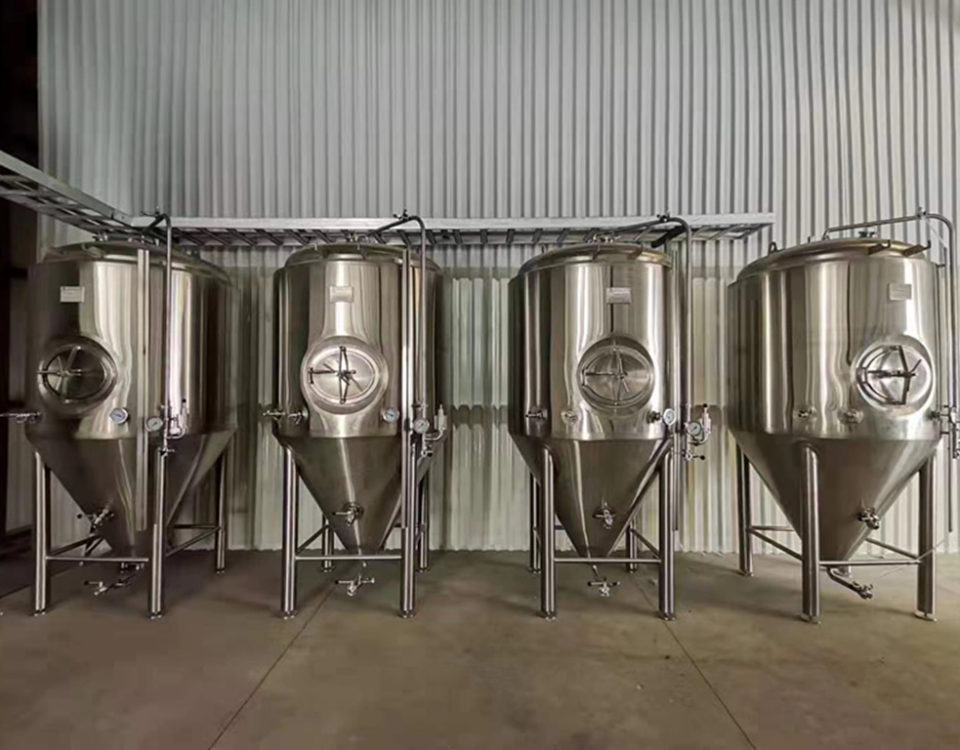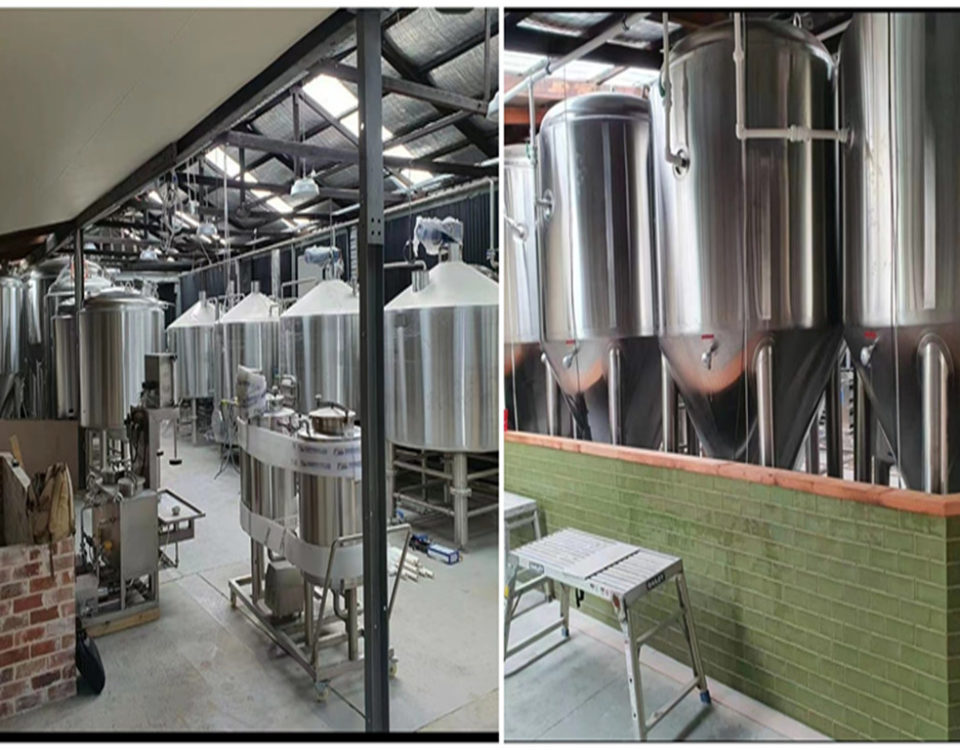
Beer Brewing System 5 Building Tips
11/28/2021
Commercial beer brewery equipment — Heating Options
11/19/2021
Have you heard the term “Nano Brewery”? I’m seeing the term discussed more and more in brewing circles. ” Hyperlocal is information oriented around a well-defined community with its primary focus directed toward the concerns of the population in that community.”
With hyper local brewing your dedicated to serving the community with a neighborhood bar which produces its own inhouse made beer.
Nano Brewery Brewing – What Type of Setup Are We Talking About?
It’s a small brewhouse setup, usually a 300-liter brewhouse or under. Going hyper local isn’t opening a brewery focused on year on your growth.
It’s opening an establishment to be a hub, watering hole and hangout for the local community to come together for good beer, rest and relaxation. The ideal customer would come more than once a week and stay for a few beers.
Do you remember the TV show Cheers? A place “where everyone knows your name”; this is a loose of example of the hyper local experience.
The issue is most brewers believing a commercial brewery less than 500-liters in size is commercial suicide. Is this true, can a hyper local brewing setup work?
Hyper Local Brewing and Profitability.
There are breweries with systems at 300-liters Nano Brewery and under which are profitable. It comes down to your breakeven analysis. You need to ensure you fixed and variable costs are covered and exceeded by your revenue. It’s cost vs profit!
When putting together your business plan, you need to figure out what your gross revenue must be in a given period to ensure your meet and hopefully surpass your expected costs.
With a brewery taproom the majority of your sales will be at the venue. In fact, you should be looking to sell every last drop possible over the bar of your own establishment. Having your own taproom and selling you beers onsite means greater profit margins compared to distribution, where profitably is eroded.
Setting up your taproom correctly is the key to success, it’s where the majority of your sales will take place, as well as being the public face of your company. You’re relying on the local community and locale to be successful.
The space you create for your taproom is equally as important and linked to your business plan. Developing a brand and the environment to house it in, will ultimately decide whether your brewery sinks or swims.
You need to create an environment which is welcoming, memorable, where people feel comfortable and want to visit again and again. So how do you go about that?
Let’s Take a Look at Some Tips for Success with Nano Brewery
The Plan
You need to decide upon plus, lock in an ethos for your brewery. It’ll keep you centered when you become operational. If you’re main driver is to be a sour and wild ale brewery, the milkshake IPA recipe you’ve been tweaking over time, might need to fall by the wayside.
You don’t want the public to see you switching focus after opening. It can confuse the customer base and when you’re hyperlocal that’s not a path to success.
You need to strategize to create profit. Whatever you lock in for your business plan, it should be followed in your ensuing business performance.
Don’t Spread Yourself Thin
There’s a temptation to sell your beer off-site at other venues. As craft becomes more popular around the world, local bars and restaurants want to offer specialist beers from local breweries.
It can be a good ego boost to see your beer served at a local hotspot but does it make business sense? I’d say no because, you’re eroding your sales margin even with self-distribution. People will not pay more for your beer just because it’s at another venue.
To be a successful with hyper local brewing, you need to sell as much beer as you possible onsite, before considering beer distribution. Seriously, off-site sales are often not worth pursuing at the nanoscale.
Hyper Local Brewing – High Margin Beer Sales
With hyper local brewing, you’re really a “boutique business”, you’re not competing against the big macros. Trying to be all things to every beer drinker will lead to failure. This is why the business plan needs to be locked in.
Small batch brewing is expensive and your brewery has a limited number of sales opportunities. Each glass of beer sold has to generate a healthy margin. Stay away from high volume low margin sales.
People will come in the door for beers which resonate with them, they’re not going to pay premium prices for ordinary beers. Yeah, you can have a pilsner on tap BUT it needs to have an accent that makes it stand out.
I hate the term but you need to “craft” it up. It could have a particular hop accent from dry-hopping for example. Another option is to use a less popular hop, I’m looking to make a “Japanese Lager” soon as part of a collaboration. We’ll use Sorachi Ace hops and maybe a small percentage of a sake yeast.
Hyper Local Brewing – Costings
With any Nano Brewery there are fixed and variable costs. Examples of fixed costs would be rent, wait staff on salary and your insurance. These costs don’t change even if level of production does.
Examples of variable costs would be your raw materials; like malt, hops, CO2 and adjuncts. To make things more complicated, there are variable fixed costs too. Like utilities paid monthly which can vary in cost throughout the year.
Costs can also be labelled as direct and indirect costs as well. A direct cost can easily be tracked back to a batch of beer. It’ll be the cost of the raw material used. For example, how many kilos of malt were used for a double IPA. Or it could how many hours your salaried brewer spent producing a batch of beer.
Examples of indirect costs are, how much CO2 was used in a batch of beer. Indirect costs are harder to track. For example, CO2 is used to carbonate the beer but also push beer through the lines to the bar.
These types of indirect costs are based on the level of activity. Like how many litres of beer were produced over the month and what was the total amount of CO2 needed.





